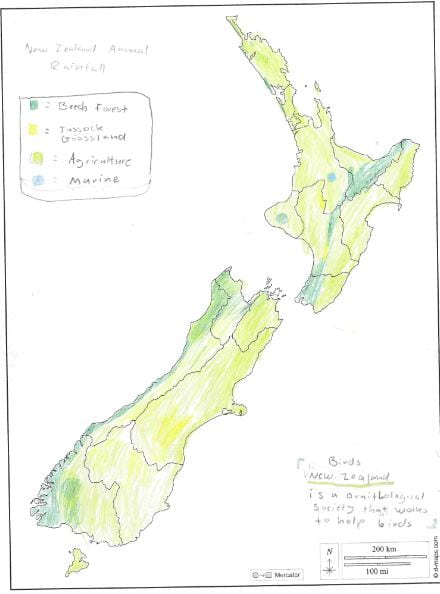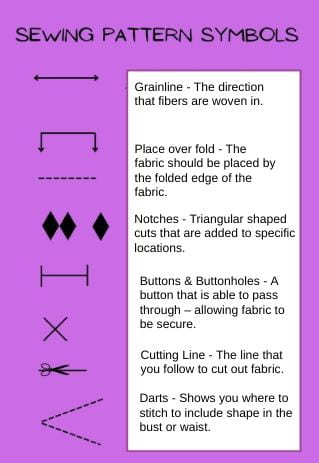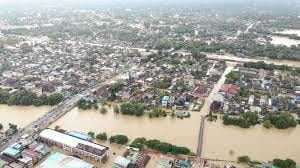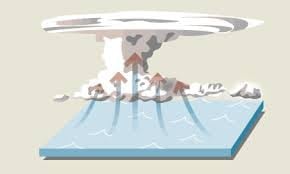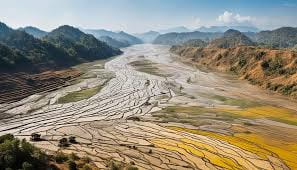Hello Everyone!
In Health we were set a task that required us to work independently or in a group and make something creative. The topic I chose was binge drinking.
What we did
Firstly, we had to answer 6 big questions we had chosen – coping with binge drinking, binge drinking and mental health, disadvantages & advantages with gender + sexuality, effects on economy, assumptions made and societal opinions. Once we had our 6 big questions we needed to answer the questions, using detailed answers and strategies. From there we began our task, I chose to make a storyboard to explain how binge drinking affects someone and include information I’ve already learned about. I chose to make this because a storyboard was something I hadn’t made before. The reason I chose to do this was because it was one of the easiest ways to include answers to the 6 big questions.
Planning sheet:
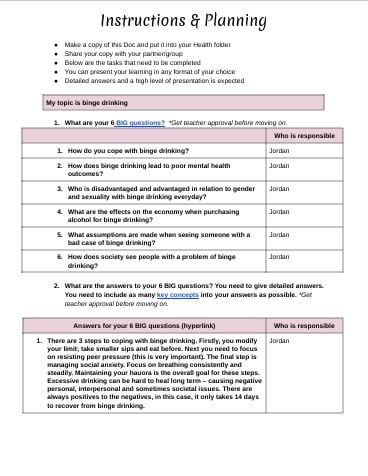
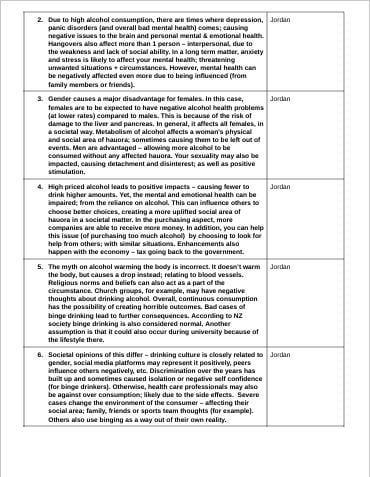
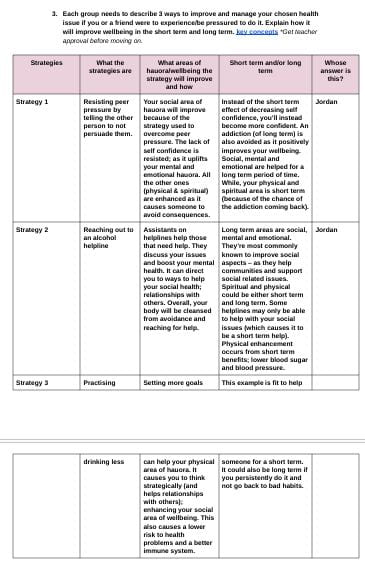
Activity:
Reflection
It was challenging when finding a website that would allow me to fully include everything I needed. I copied the challenge by persevering until I finally found the one; Story Tribe. I worked well without others (independently) because I set goals at the start of the unit – making sure they were approachable. I am really proud of the work I made and how I hit each milestone of the tracking sheet.
Most proud of:
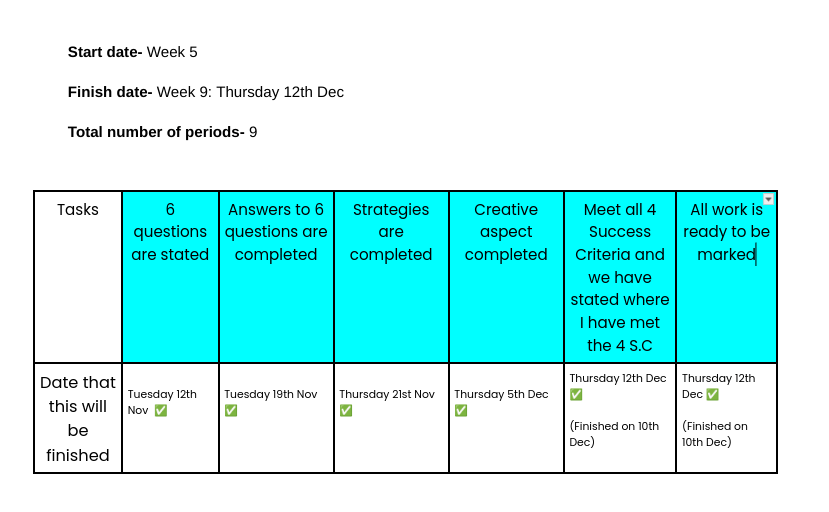
Thanks for reading!
